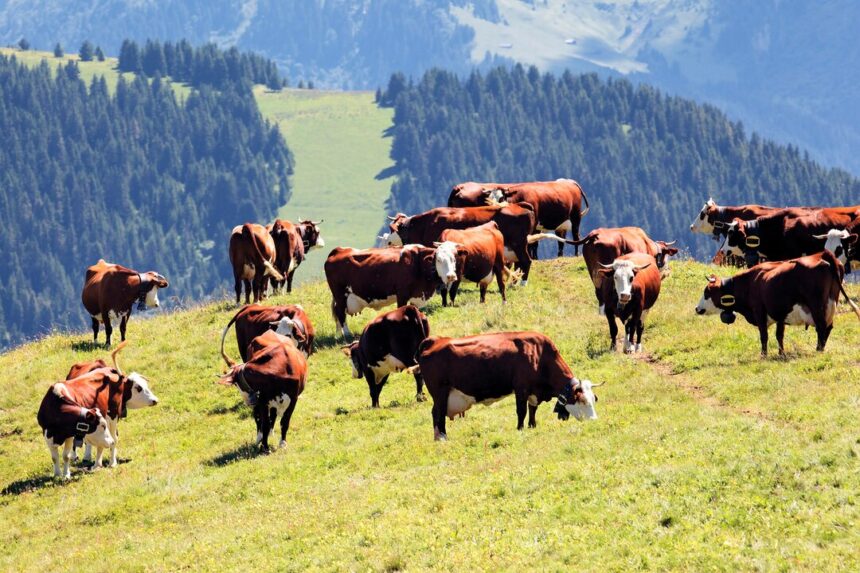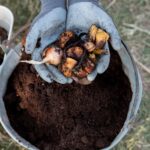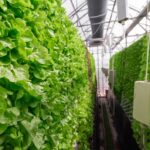Breeding and farming SA Swiss dairy cattle have become increasingly popular in South Africa due to their exceptional milk production, adaptability, and genetic traits. Originating from Switzerland, SA Swiss cattle, including breeds like Holstein, Jersey, and Brown Swiss, are renowned for their high milk yields, superior milk quality, and efficiency in dairy farming operations. In this article, we’ll delve into ten essential things you should know about breeding and farming SA Swiss dairy cattle in South Africa, covering key aspects such as breed characteristics, breeding strategies, and management practices.
- Origin and Heritage:
SA Swiss dairy cattle originate from Switzerland and have been selectively bred for dairy production traits over centuries. Each breed, including Holstein, Jersey, and Brown Swiss, has its own distinct characteristics, milk production capabilities, and adaptability to different climates and management systems. - Breed Characteristics:
Each SA Swiss dairy breed has unique characteristics that make them well-suited for specific farming conditions. Holsteins are known for their high milk production and large frame size, Jerseys for their rich milk and efficient feed conversion, and Brown Swiss for their docile temperament and high butterfat content in milk. - Adaptability to South African Conditions:
SA Swiss dairy cattle have proven to be adaptable to various climatic and environmental conditions in South Africa. They thrive in a range of climates, from temperate regions to arid and semi-arid areas, and can be managed under different farming systems, including intensive, semi-intensive, and pasture-based systems. - Milk Production and Quality:
One of the primary reasons for breeding SA Swiss dairy cattle is their exceptional milk production and quality. These breeds are known for their high milk yields, excellent milk components (such as fat and protein), and desirable milk composition for dairy products such as cheese, butter, and yogurt. - Breeding Strategies:
When breeding SA Swiss dairy cattle, it’s essential to focus on selecting animals with desirable traits such as milk production, udder conformation, fertility, and disease resistance. Breeding programs often incorporate performance testing, genetic selection, and pedigree analysis to improve herd genetics and productivity. - Herd Management:
Effective herd management practices are crucial for optimizing the health, productivity, and welfare of SA Swiss dairy cattle. This includes providing balanced nutrition, proper housing and ventilation, routine health monitoring, and reproductive management to ensure high fertility rates and successful calving. - Nutrition and Feeding:
Providing a balanced diet is essential for maximizing milk production and quality in SA Swiss dairy cattle. Feed rations should be formulated to meet the nutritional requirements of lactating cows, with a focus on energy, protein, fiber, vitamins, and minerals. Pasture-based systems can complement concentrate feeding and improve overall feed efficiency. - Health and Disease Management:
Preventive health measures are essential for minimizing disease risks and maintaining the well-being of SA Swiss dairy cattle. This includes vaccination programs, parasite control, biosecurity measures, and regular veterinary care to monitor herd health and address any health issues promptly. - Reproductive Management:
Optimizing reproductive performance is crucial for maintaining herd fertility and productivity in SA Swiss dairy cattle. Implementing a comprehensive reproductive management program, including estrus synchronization, artificial insemination (AI), and pregnancy diagnosis, can improve conception rates and reduce calving intervals. - Market Opportunities:
Breeding and farming SA Swiss dairy cattle offer significant market opportunities in South Africa’s dairy industry. With increasing consumer demand for quality dairy products, there is a growing market for milk, cheese, yogurt, and other dairy products produced from SA Swiss cattle breeds. By focusing on milk production, quality, and efficiency, farmers can capitalize on these market opportunities and enhance the profitability of their dairy farming operations.
Breeding and farming SA Swiss dairy cattle present exciting opportunities for dairy farmers in South Africa to improve milk production, quality, and profitability. By understanding the unique characteristics of SA Swiss breeds, implementing effective breeding and management strategies, and capitalizing on market opportunities, farmers can achieve success in the dairy industry and contribute to the growth and sustainability of South Africa’s dairy sector.
Join 'Farmers Mag' WhatsApp Channel
Get the latest Farming news and tips delivered straight to your WhatsApp
CLICK HERE TO JOIN






